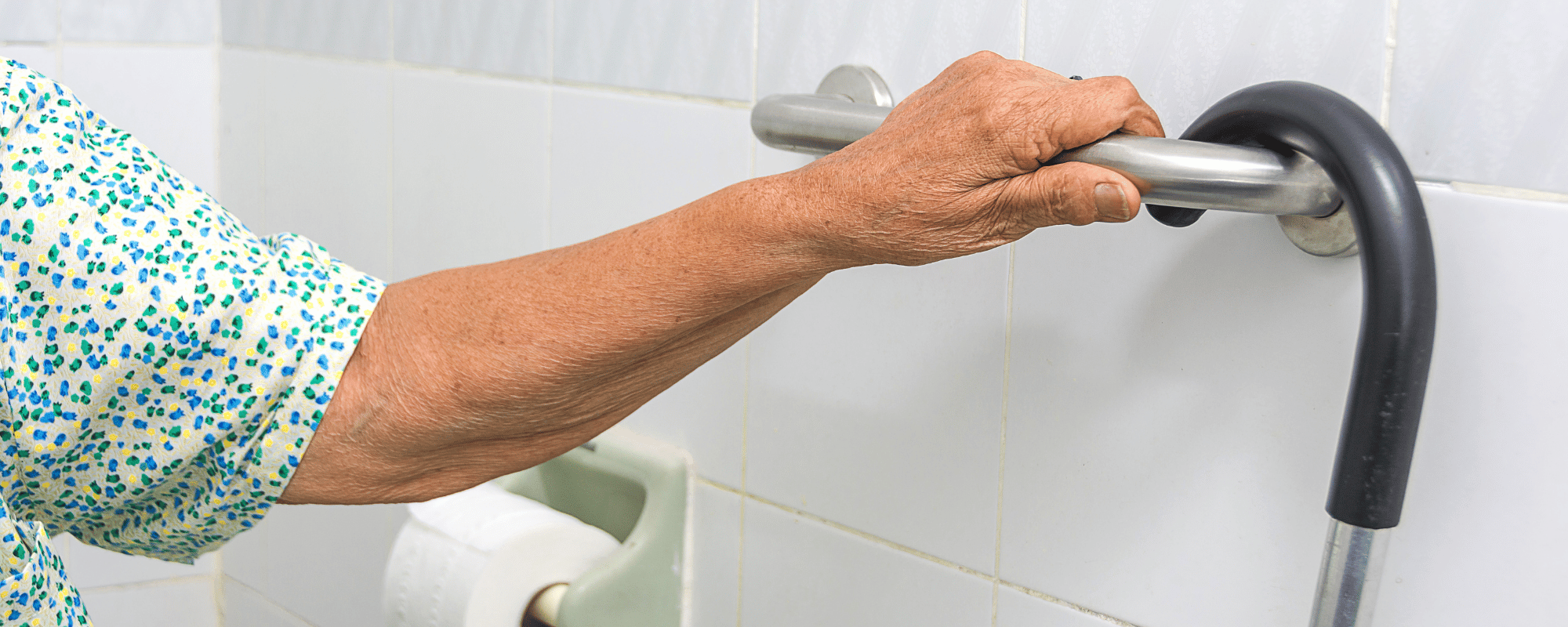6 Hacks to Make Your Home More Accessible

Creating a home that’s comfortable, safe, and accessible doesn’t have to mean major renovations or expensive upgrades. Small, thoughtful changes can make a big difference in how you move, rest, and feel in your space. Whether you live with a disability, are supporting a family member, or simply want a more inclusive environment, these accessible home hacks are easy ways to make your home more welcoming for everyone.
💡Light It Right
Good lighting can transform how we experience a space. Poor lighting can increase the risk of falls and make everyday tasks harder.
Quick fixes:
- Add motion-sensor night lights in hallways and bathrooms.
- Choose brighter, warm-white bulbs for reading areas.
- Use smart bulbs or voice-controlled lamps to reduce the need to reach for switches.
💡 Tip: Avoid glare by using diffused or shaded lights, bright doesn’t have to mean harsh.
🚪Make Entryways Effortless
Getting in and out of your home should be simple and safe.
Easy improvements:
- Use portable ramps or threshold ramps for doorways with small steps.
- Install lever-style handles instead of round doorknobs — they’re easier to grip for everyone.
- Keep entryways clear and well-lit to avoid tripping hazards.
🔑 Bonus: A smart door lock or video doorbell can provide security and convenience without needing to rush to the door.
🪑Rearrange for Accessibility
Sometimes, the best accessibility tool is a little rearranging.
Try these quick adjustments:
- Keep frequently used items (like dishes, remotes, or chargers) at waist height, no bending or stretching needed.
- Ensure there’s at least 900 mm (3 feet) of clear space for easy movement, especially for wheelchair or walker users.
- Choose sturdy furniture with firm cushions that make standing up easier.
🧭 Tip: Test your space. If you can move around freely with your arms outstretched, it’s likely well-spaced for accessibility.
🛁 Bathroom Boosts for Safety & Comfort
Bathrooms are one of the most important and often, most challenging areas to make accessible.
Simple upgrades:
- Add non-slip mats inside and outside the shower.
- Install grab bars near the toilet and shower for stability.
- Use a handheld shower head and a shower chair for flexibility and safety.
🚿 Tip: If replacing fixtures, look for lever-style taps that are easier to turn on and off.
🍳 Kitchen Convenience Hacks
The kitchen should be a place of creativity, not frustration.
Easy changes:
- Use pull-out shelves or lazy Susans to make storage more reachable.
- Keep commonly used utensils on the counter or in a rolling cart.
- Add anti-slip mats to reduce the chance of accidents.
🍴 Tip: Lightweight, ergonomic kitchen tools can reduce strain on hands and wrists.
🧠 Smart Tech for Accessible Living
Technology can help you create a more inclusive, stress-free home.
Consider adding:
- Voice assistants (like Alexa or Google Home) to control lights, appliances, and reminders hands-free.
- Smart thermostats to adjust room temperature without fiddling with controls.
- Automated blinds for easier light control.
📱 Bonus: Many accessibility features on phones and tablets can also be integrated into your home setup.

💚 Accessibility Is Comfort for Everyone
Accessibility isn’t just about disability. It’s about universal design: creating spaces that are comfortable and usable for all ages and abilities. Whether you’re adding grab bars, rearranging furniture, or experimenting with smart home tools, each step you take makes your home more inclusive.
Because a truly accessible home is one where everyone feels safe, independent, and welcome.
✅ Want to take the next step?
If you’re a person with a disability, the National Disability Card can help you access services and recognition that make daily life easier at home and beyond.
👉 Learn more or apply for your National Disability Card today.
Conclusion
Share



.png)
.png)
.png)